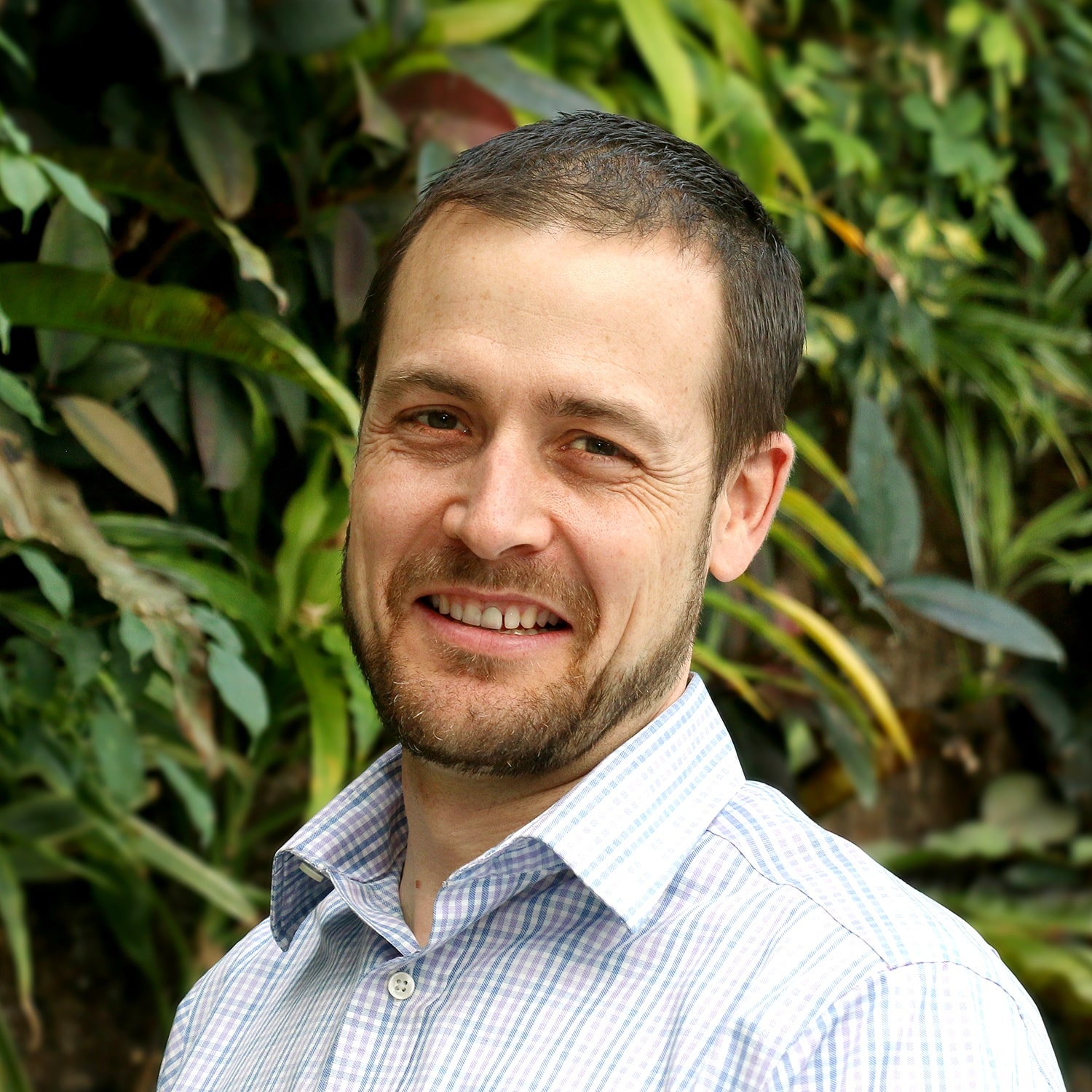
Tracing its earliest beginnings to 1802, Saint Mary’s received degree-granting status in 1841 and formally became a university in 1952. It is home to one of the first commerce faculties in Canada and currently ranks among the top ten primarily undergraduate universities in Canada, according to Maclean’s magazine. Saint Mary’s has a history of achievement, strong collaborations with partners at institutions all over the world, and a tradition of engaging undergraduate students in hands-on research.



